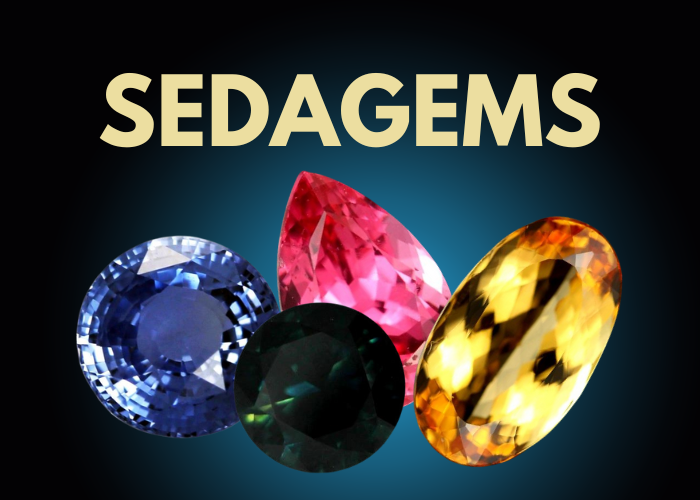ANCIENT GLASS BEAD - AFGANISTAN- FACE DRILLED 9.00CTS MX4728
- SKU
- Dimensiones (mm)
- 18.000 x 16.000 x 5.000mm
- Peso (cts)
- Colores
-
ANCIENT ROMAN GLASS
This is a stunning glass bead specimen which is between 700 to 3000 years old.Thousands of years ago, the Romans came to Afghanistan to trade glass and teach the art of glass making. Buried for centuries, the discarded chunks had been thrown into a pit for recycling, a common practice in ancient times, but instead were forgotten.It was just recently re found.This piece we selected for its stunning colour-ideal as a centre piece in a necklace or kept a as a specimen.It should not be used where there is excessive rubbing.
Drilled in the face so it can be thredded on a necklace
Weight 9.00 cts app
Size 18 x 16 x 5 mm app
COLOUR-where does it come from.?
The brillant colours come from a chemical reaction from the glass when left in the soil for ions.We have a similar result in the opal fields in Lightning ridge Australia as when a bottle is left for years there are some faint opal like colours appear-but it is nothing compared to the brillant colours from this ancient glass.The sands used to manufacture ancient glass contained manganese and iron ore impurities which over centuries gives unique colours to the glass when left in the ground. The sands also contained sulphurs and glass blowers added minerals to colour enhance these glass vessels.They added red by mixing copper, and lead.
- SKU
- Dimensiones (mm)
- 18.000 x 16.000 x 5.000 mm
- Peso (cts)
- Colores
-
ANCIENT ROMAN GLASS
This is a stunning glass bead specimen which is between 700 to 3000 years old.Thousands of years ago, the Romans came to Afghanistan to trade glass and teach the art of glass making. Buried for centuries, the discarded chunks had been thrown into a pit for recycling, a common practice in ancient times, but instead were forgotten.It was just recently re found.This piece we selected for its stunning colour-ideal as a centre piece in a necklace or kept a as a specimen.It should not be used where there is excessive rubbing.
Drilled in the face so it can be thredded on a necklace
Weight 9.00 cts app
Size 18 x 16 x 5 mm app
COLOUR-where does it come from.?
The brillant colours come from a chemical reaction from the glass when left in the soil for ions.We have a similar result in the opal fields in Lightning ridge Australia as when a bottle is left for years there are some faint opal like colours appear-but it is nothing compared to the brillant colours from this ancient glass.The sands used to manufacture ancient glass contained manganese and iron ore impurities which over centuries gives unique colours to the glass when left in the ground. The sands also contained sulphurs and glass blowers added minerals to colour enhance these glass vessels.They added red by mixing copper, and lead.
| Proveedor de envío | Envío a Australia | Envíos al resto del mundo |
|---|---|---|
| FedEx | $12.00 / 3 días días | $39.00 / 10 días días |
|
Australia
FedEx tiene descuento a $12.00 en pedidos con 2 o más artículos
Resto del mundo
FedEx tiene descuento a $39.00 en pedidos con 2 o más artículos
|
||
| Registered Shipping | $9.00 / 7 días días | $16.00 / 21 días días |
|
Australia
Registered Shipping tiene descuento a $9.00 en pedidos con 2 o más artículos
Resto del mundo
Registered Shipping tiene descuento a $16.00 en pedidos con 2 o más artículos
|
||

-
 Positivo
PositivoGood stone great service
-
 Positivo
PositivoGreat thank very much, lovely pearls.
-
 Positivo
PositivoNice piece of rough. thankyou
-
 Positivo
PositivoNice stone. Thankyou
-
 Positivo
PositivoHave received the rough. Nice colour. Thankyou





![2.95 CTS AUSTRALIAN ROUGH SAPPHIRE [SAP547]](https://liveplatforms-production.b-cdn.net/tenants/gr/uploads/images/685000-689999/689106/599d2324a1992.jpg?width=480&aspect_ratio=1001%3A1000)
![AAA GRADE ROUND PEARL PARCEL HIGH LUSTER- 7 MM [PF2206]](https://liveplatforms-production.b-cdn.net/tenants/gr/uploads/images/245000-249999/245364/245364_1319605247.jpg?width=480&aspect_ratio=1001%3A1000)


![3.10 CTS MINT GREEN GLOSSULAR GARNET ROUGH [F5077]](https://liveplatforms-production.b-cdn.net/tenants/gr/uploads/images/415000-419999/419109/536873d918eb0.JPG?width=480&aspect_ratio=1001%3A1000)





